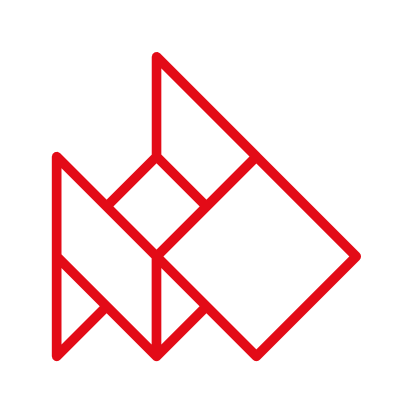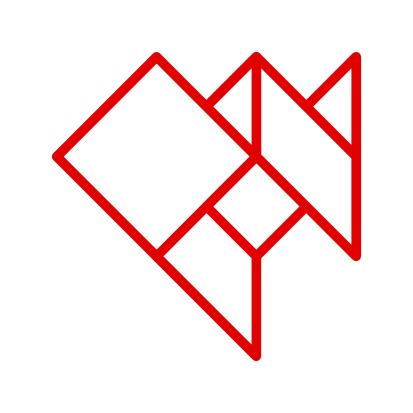Challenge mapping was developed by Antropologerne, a Danish consultancy, and is a simple method that gathers information and insight through fieldwork.
A challenge map clearly communicates insights gained from fieldwork and pinpoints specific challenges using pictures of and quotations from users, as well as an explanatory text that addresses a problem, barrier or theme. By translating insights into challenges that require solutions, students, users, managers, decision makers or others have a better foundation with which to discuss the insight gained through fieldwork. These insights can also address and help determine the future trajectory of idea development. A challenges map is a good way of working with a project’s development potential from an informed perspective.


